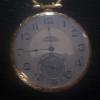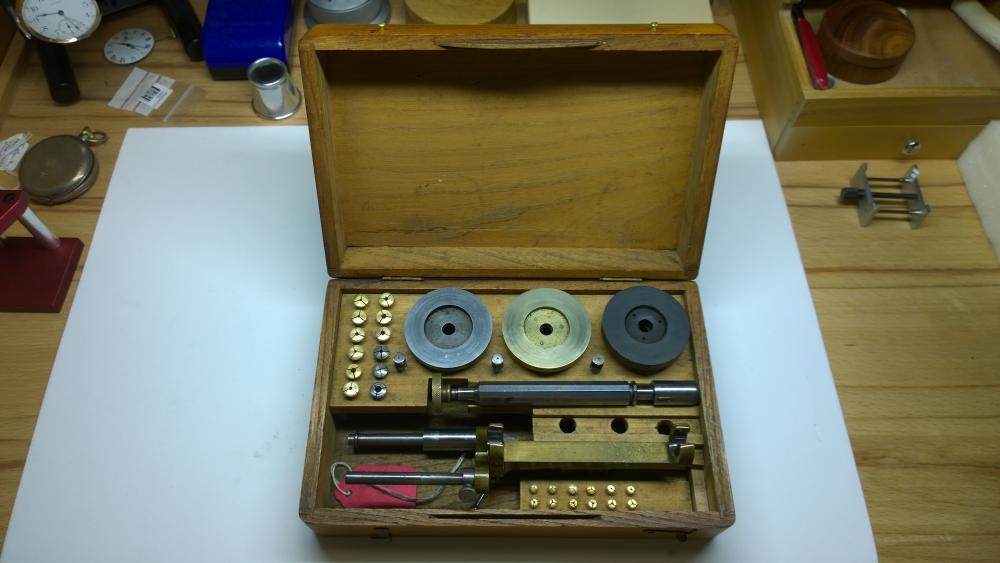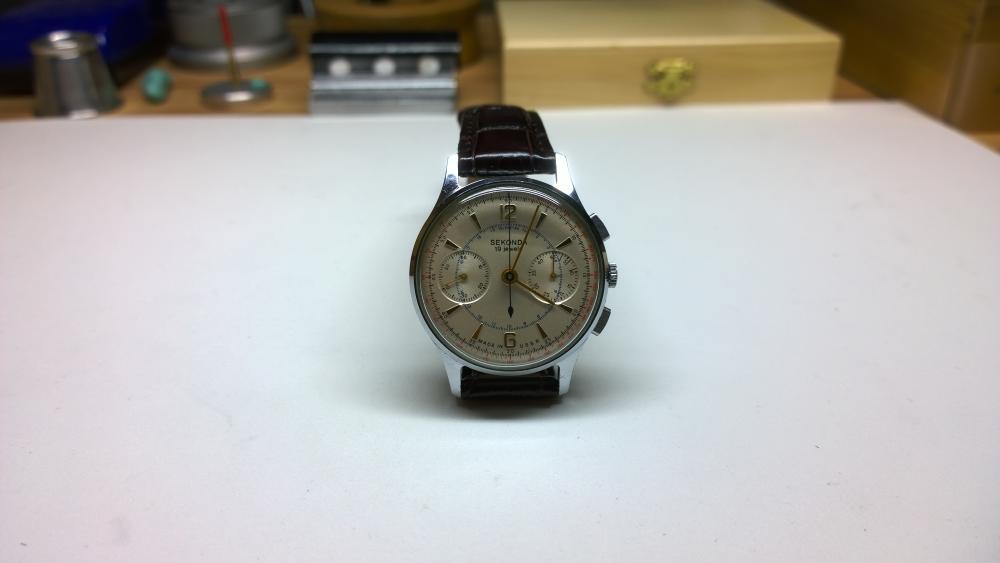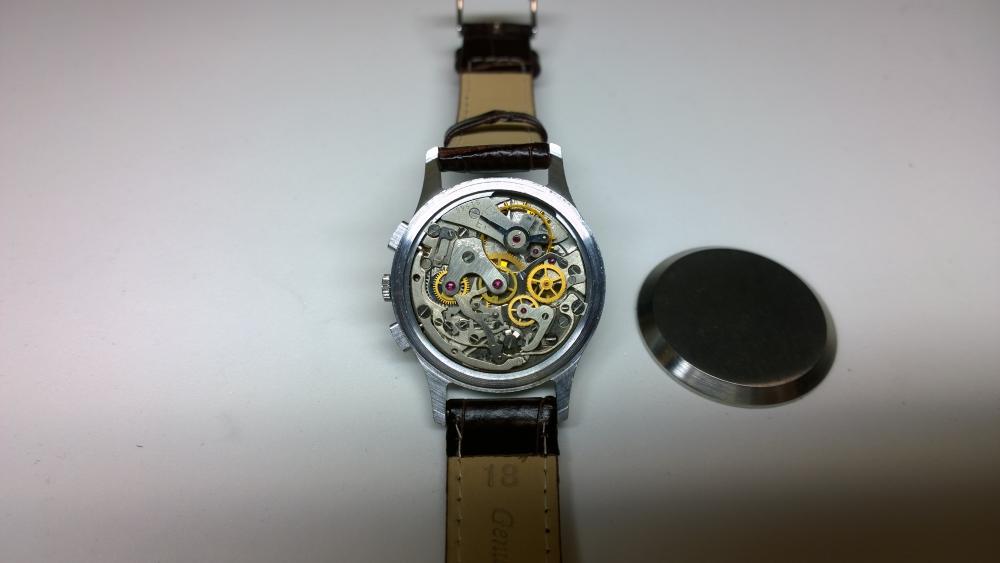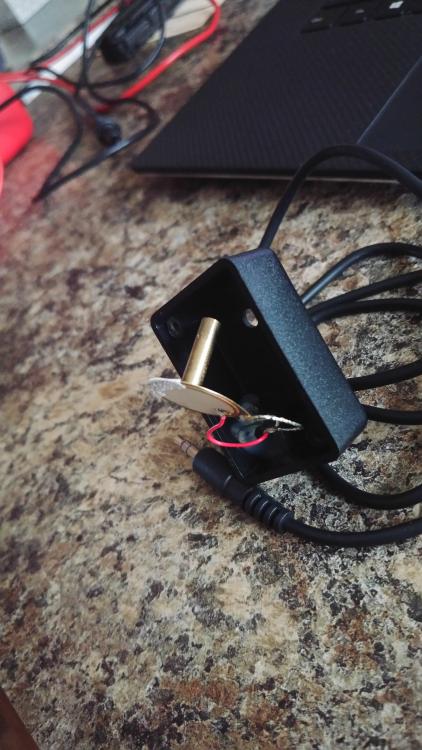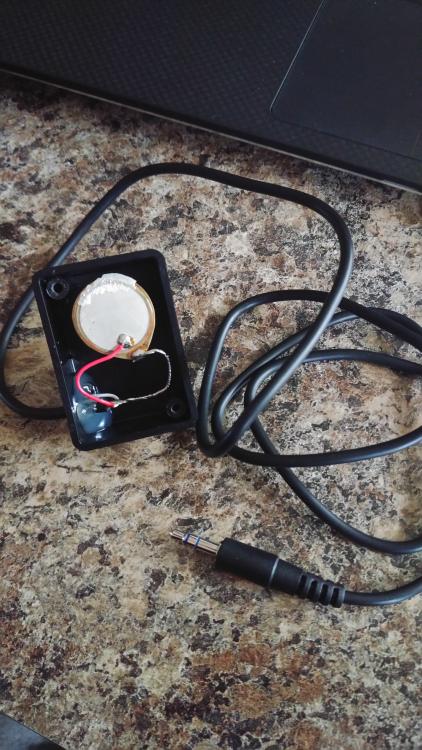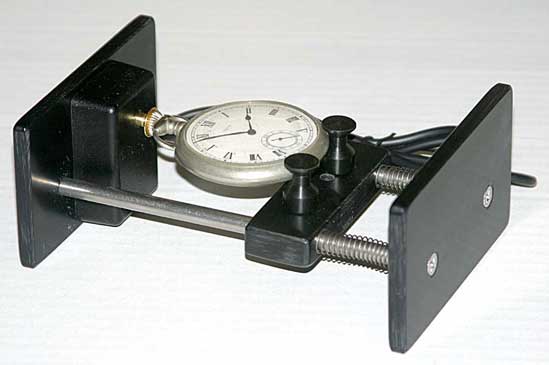Leaderboard
Popular Content
Showing content with the highest reputation on 05/05/17 in all areas
-
Well I've finished another project, and my first cylinder escapement movement. As can be seen from my previous thread " movement ID" you can see what i was up against, some very helpful members, Stuart and oldhippy huge thanks for the knowledge you guys shared. i still have no idea who made the movement or how old it is, all I know is that it's now ticking nicely and has kept perfect time with my phone (dial up) for the last 45mins. I shall over the weekend change its position to see how it keeps time. I tried it on the timegrapher but the machine didn't like it, don't know wether my Chinese one is programmed for cylinder escapements, but if it keeps time as it is now I'm not fussed. I tagged L&R ultra fine as members have been asking what it's like, well the last photo shows how well it cleans movement parts, also the picture of the dial is before I tried out some steradent denture tablets, Wow they really work, 3 mins on warm water and no cracks visible( they are still there but all the dirt has been removed making it nearly impossible to see them) I can highly recommend these as a way of cleaning enamel dials. Now some before and after photos......5 points
-
2 points
-
Personally I like to lapp all surfaces that are flat and keep the polishing and/or buffing part to a minimum. On some watch cases this is not possible of course, but the square Seiko that WileyDave shows is a nightmare to get in shape using a mop - but quite easy using a lapping rig. Example of a beat up Seiko that I user as a guinea pig on an early lapping setup. Lapped Far from perfect and with some material missing on some of the edges - this case would need a bit of welding to get back to "as good as new"-state. But surfaces are resonably flat and the edges are there.2 points
-
This may be a cheap place to start with a full service but not an easy one, and you may get disheartened. If you are keen, then a good place to start is a large simple movement with no calendar or auto wind. Typically a pocket watch movement with a lever escapement would be sensible. With this you will be able to see what you are doing. I would also advise getting a good book such as Donald deCarle's Practical Watch Repairing.1 point
-
1 point
-
1 point
-
Right now I am using the MicroSet Watch Timer clamping watch sensor (attached image of sensor). The plug on the unit is a 3.5mm stereo connector. As the unit is a mono pre-amplifier, the clamping watch sensor pin out for the piezo microphone is on the ring connection and not the tip. So I had to use some alligator clips to see if it would even work. The alligator clips are probably the culprit as there is no shielding on the wire and just the plastic sleeving. I may pick up the Timetrax sensor from Adams Brown Co. - Garrett1 point
-
1 point
-
It's just a sekonda 17 j but there is another name, poljot strela and the movement is 3017, it's the watch the Russians went to space with....1 point
-
1 point
-
If you have the time, skill and tools, anything is possible, but we're floating away from buffing vs polishing original question(s), let's agree that is personal preference and restoration of cases can take different processes, based on user experience. Whatever works to achieve desired results. I agree with RCDesign, lapping is the way to go on a square case, I don't have the setup to accomplish this, so by hand with Foredom and different buffs/rouge, I try to accomplish a presentable finish, like you said, not perfect, but close enough.1 point
-
I ordered NOS one for $12, this one has gasket sort of imbedded in crystal, totally different than I'm used to seeing and it'll be a while to refinish bracelet, ton's of scratches. This one was 'polished' out, meaning to me it had little left (thickness) under 20x magnification, probably had been done a few times before I got it, now I'm pretty frugal or cheap AND LAZY, but I would rather spend the $12 on new.1 point
-
1 point
-
Well after a year of building my skills and discovering good tools vs bad, I finally have a workspace that is comfortable and large enough to lay out all of my tools properly. A lot of advice I gleaned from Mark and this board so thanks to all Sent from my iPhone using Tapatalk1 point
-
Thanks, the sticky tape did get me a solid position for the jewel, but at the end I had to use medical needle to really get under the edge and lift it. So I made it, it took some time but all good now. Thanks.1 point
-
Here is a way but it is a dangerous practice so be warned. To stop wheels moving around and dropping out of there holes. Start to screw the plate down so it doesn’t move around, but be very careful not to screw it down to much if you do you will break the pivots off the wheels, with the plate in its correct position you should be able to use your tweezers and move the wheels into their correct position. This way is much better and safer and is the way I used. Hold the plate in position by putting a finger with a little pressure to hold the plate and carefully move the wheels into their correct place using your tweezers. When it is all in place and screwed down go over the plate using Rodico to clean off any finger marks.1 point
-
Hello Mike, You are awesome, really few people will do that in the same situation. I'm sure you are a good person, you helped me to recover faith to humanity Have a good day. Julien.1 point

